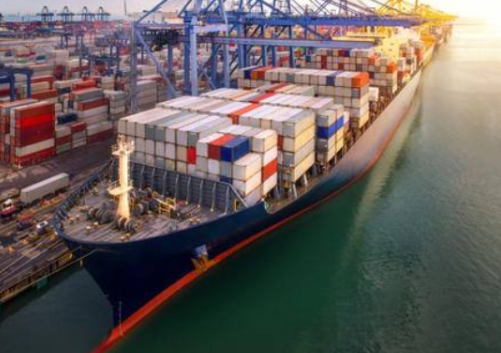Customs declaration
The customs form refers to the form containing the information of the imported and exported goods filled by the consignee or consignor of the imported or exported goods or its agent. After the customs declaration form is completed, the consignee or consignor of the imported and exported goods can request the customs to go through customs clearance procedures for its goods by means of the customs declaration form. The customs can rely on the customs declaration form to grasp the import and export of goods and collect taxes on foreign trade enterprises based on the customs declaration form.

A customs declaration, also known as a customs entry, is a document used for the import and export of goods. When goods enter or leave a country, a customs declaration is required to be submitted to the customs authorities in order to comply with relevant regulations and requirements.
A customs declaration typically includes the following information:
1.Exporter/Importer Information: The customs declaration provides detailed information about the exporter or importer of the goods, including their name, address, contact details, etc.
2.Goods Information: The customs declaration includes a comprehensive description of the goods, including the product name, quantity, weight, value, etc. It may also require additional details about the goods such as material, purpose, etc.
3.Mode of Transportation: The customs declaration specifies the mode of transportation used for the goods, such as shipping, air freight, road transport, etc.
4.Proof of Origin: Some countries have specific requirements regarding the origin of goods. The customs declaration may need to be accompanied by relevant documents to demonstrate the origin of the goods.
5.Duties and Taxes: The customs declaration may provide information related to duties, taxes, and other fees involved. This enables the customs authorities to calculate and levy the appropriate charges on the goods.
6.Declarant Information: The customs declaration also includes details of the person or entity responsible for making the declaration, including their name, company name, contact information, etc.
The specific format and content of a customs declaration may vary depending on the requirements of each country or region. Typically, the customs declaration is completed and submitted by the exporter or importer or their authorized representative upon the arrival of the goods at the customs. The customs authorities review the information provided in the declaration and determine whether to grant clearance for the goods.
It is important to note that a customs declaration is a crucial document and must be filled out accurately and completely. Any errors or omissions in the declaration could result in goods being detained, delayed, or other complications. Therefore, it is advisable to thoroughly understand the relevant regulations and requirements of the target country or region before completing the customs declaration and seek assistance from professionals or customs agents, if necessary.
Related articles

 WeChat of CBiBank
WeChat of CBiBank